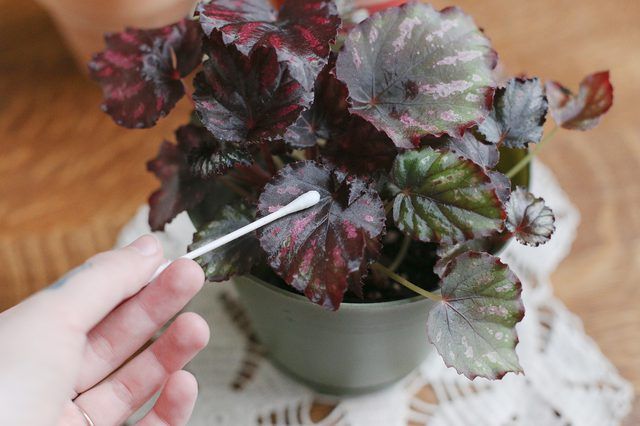Bulbs
Flower Basics
Flower Beds & Specialty Gardens
Flower Garden
Garden Furniture
Garden Gnomes
Garden Seeds
Garden Sheds
Garden Statues
Garden Tools & Supplies
Gardening Basics
Green & Organic
Groundcovers & Vines
Growing Annuals
Growing Basil
Growing Beans
Growing Berries
Growing Blueberries
Growing Cactus
Growing Corn
Growing Cotton
Growing Edibles
Growing Flowers
Growing Garlic
Growing Grapes
Growing Grass
Growing Herbs
Growing Jasmine
Growing Mint
Growing Mushrooms
Orchids
Growing Peanuts
Growing Perennials
Growing Plants
Growing Rosemary
Growing Roses
Growing Strawberries
Growing Sunflowers
Growing Thyme
Growing Tomatoes
Growing Tulips
Growing Vegetables
Herb Basics
Herb Garden
Indoor Growing
Landscaping Basics
Landscaping Patios
Landscaping Plants
Landscaping Shrubs
Landscaping Trees
Landscaping Walks & Pathways
Lawn Basics
Lawn Maintenance
Lawn Mowers
Lawn Ornaments
Lawn Planting
Lawn Tools
Outdoor Growing
Overall Landscape Planning
Pests, Weeds & Problems
Plant Basics
Rock Garden
Rose Garden
Shrubs
Soil
Specialty Gardens
Trees
Vegetable Garden
Yard Maintenance
How to Care for a Begonia
How to Care for a Begonia. Begonias (Begonia spp.) are a large and diverse group, with more than 1,300 species and a multitude of cultivars and hybrids. They're divided into eight separate groups, with care varying somewhat from group to group. Gardeners prize some types of begonias for their colorful foliage and others for the showy flowers they...
Begonias (Begonia spp.) are a large and diverse group, with more than 1,300 species and a multitude of cultivars and hybrids. They're divided into eight separate groups, with care varying somewhat from group to group. Gardeners prize some types of begonias for their colorful foliage and others for the showy flowers they contribute. Most begonias are frost tender and grown as annuals, house plants or greenhouse plants and thrive in moist conditions and in partial to full shade.
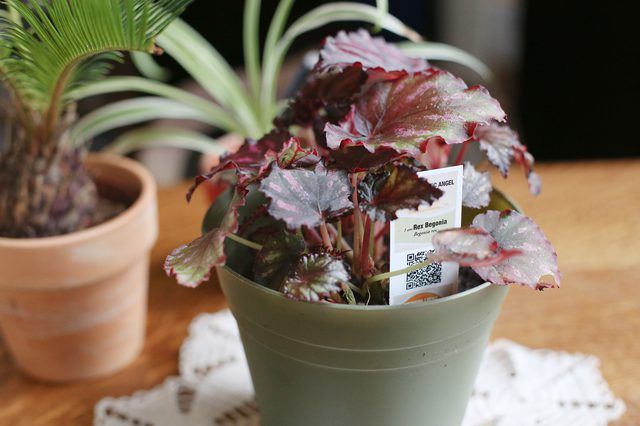
For growing semperflorens begonia, also known as bedding or wax begonia (Begonia semperflorens cultorum group) in gardens, provide well-drained, moderately rich soils. Hardy begonia (Begonia grandis) needs a soil rich in organic matter. For growing begonias in containers, use a soilless mix that contains perlite or make your own. The American Begonia Society suggests starting with a mix such as equal parts of soilless planter mix, leaf mold, small size orchid bark and small No. 2 perlite. Experiment to find the best blend for the growing conditions.
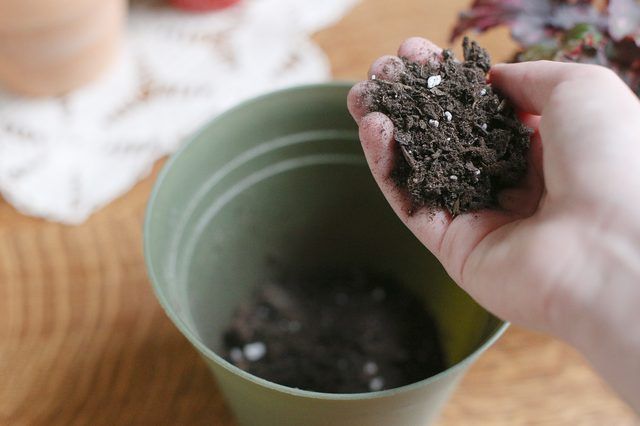
When they are growing, keep begonias moist. During hot summer weather, container plants may need watering two or three times a week. For garden plants, hardy begonia should be kept constantly moist but not soggy, and semperflorens begonia, although they do best when kept moist, will tolerate some drought because of their thick leaves. Rex begonia (Begonia rex-cultorum) needs high humidity. Allow the soil surface to dry between waterings.
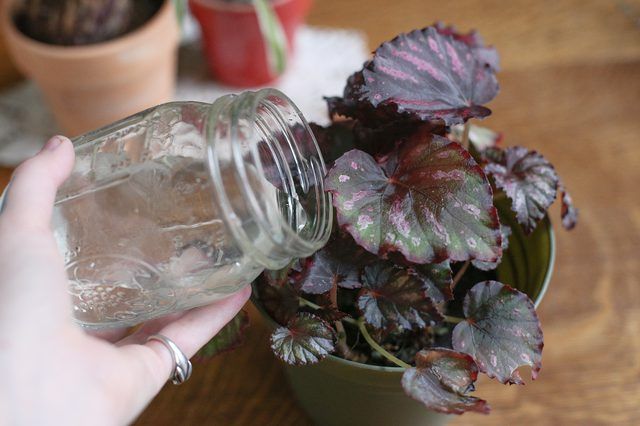
Depending on the category, begonias grow in sun, partial sun or shade, although most varieties thrive in partial to full shade. In locations with hot summers, most begonias benefit from partial shade. Rex begonias do best in bright, indirect light for best leaf color development. Semperflorens cultivars with bronzy leaves can tolerate sun.
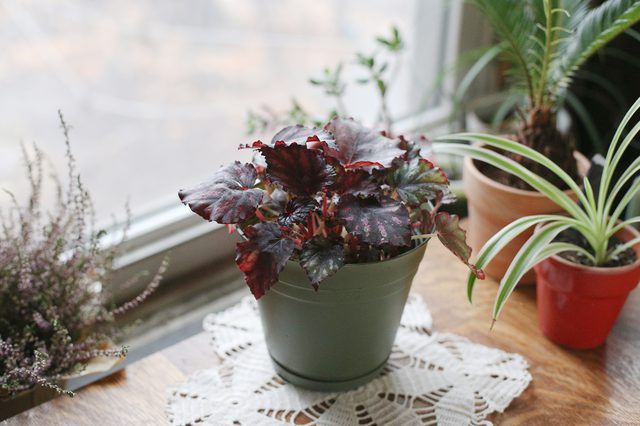
During active growth, begonias require regular fertilizing. The American Begonia Society recommends using any balanced fertilizer applied 1/4 strength once a week, beginning as soon as growth starts. Use a formulation such as 24-8-16 mixed at the rate of 1/8 teaspoon per gallon of water for indoor plants and about 3/4 of a teaspoon per gallon of water for outdoor plants. Also apply a controlled release fertilizer at the beginning of the season, such as 15-9-12 at the rate of 1 3/4 teaspoon per 6-inch-wide pot. Scatter it evenly over the surface of the potting mix.
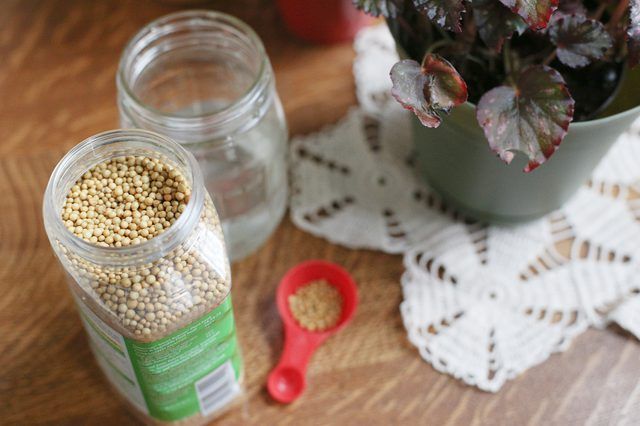
Pruning needs vary according to the type of begonia. Cane types need occasional cutting back, and more herbaceous types, especially basket types, benefit from pinching back the tips of growing stems to promote bushiness. Younger plants usually don't need pruning or pinching back. Use pruners cleaned with a cloth dipped in alcohol to prevent disease spread.
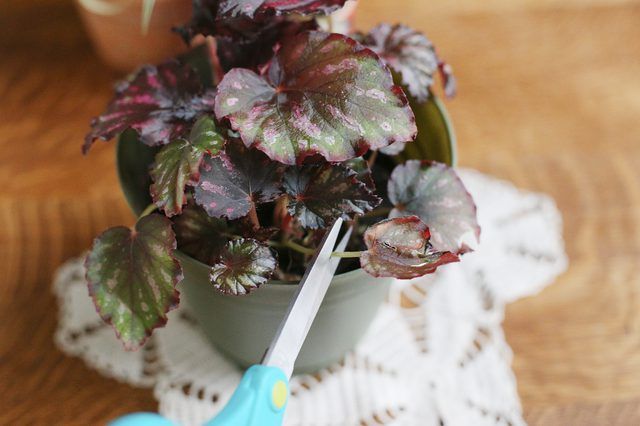
Although a few cultivars are hardy below zone 10, rex, semperflorens and cane begonias are hardy in USDA zones 10 through 11, with tuberous begonias (Begonia tuberosa group) hardy in USDA zones 9 through 11. Hardy begonia grows in USDA zones 6 through 9, with some variations depending on cultivars.
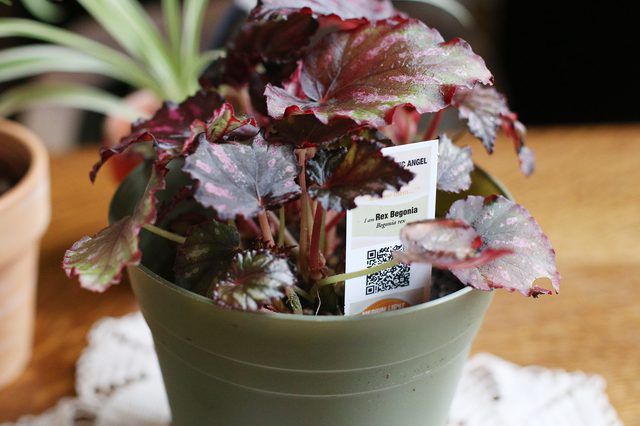
Because begonias need moist growing conditions, fungus diseases such as mildew and botrytis can get started. The best prevention is to keep dead flowers and leaves trimmed off, remove debris around the base of the plant and provide good air circulation for the plants. Aphids and mealybugs may occur. Wash them off with strong sprays of water or remove mealybugs with a cotton swab soaked in alcohol.
